Cats are often perceived as independent and mysterious creatures, yet some of them exhibit behaviors that suggest they crave constant reassurance from their human companions. This need for attention and affirmation can be puzzling to many cat owners. Understanding the psychological reasons behind this behavior not only strengthens the bond with your feline friend but also ensures their emotional well-being. Let’s delve deeper into the intriguing world of cat psychology and uncover why some cats demand this continuous reassurance.
The Nature of Feline Attachment
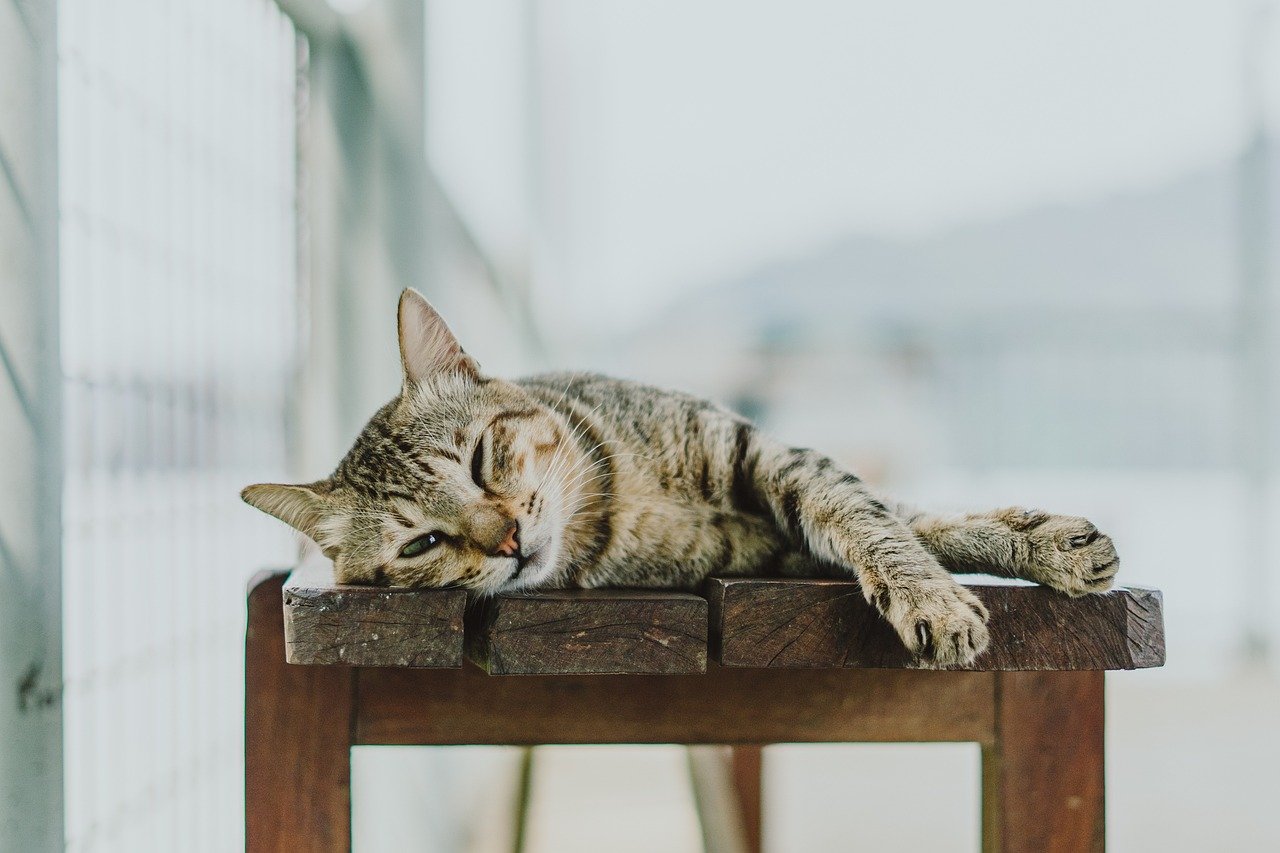
Cats, much like humans, form attachments with those they are close to. This bond is often based on mutual trust and affection. For some cats, this attachment might manifest as a need for constant reassurance. When they feel secure in their relationship with their owner, they are more likely to seek out interaction and affirmation. Unlike dogs, who often express their attachment openly, cats may display their need for reassurance in more subtle ways, such as following you around or seeking physical contact.
The Role of Early Socialization
The experiences a cat has during its early life can significantly impact its behavior as an adult. Kittens that are well-socialized with humans and other animals tend to grow up more confident and secure. However, those that lack early positive interactions may become anxious and overly dependent on reassurance. This is because they might not have learned to trust their environment fully, leading them to seek constant validation from their human companions.
Understanding Separation Anxiety
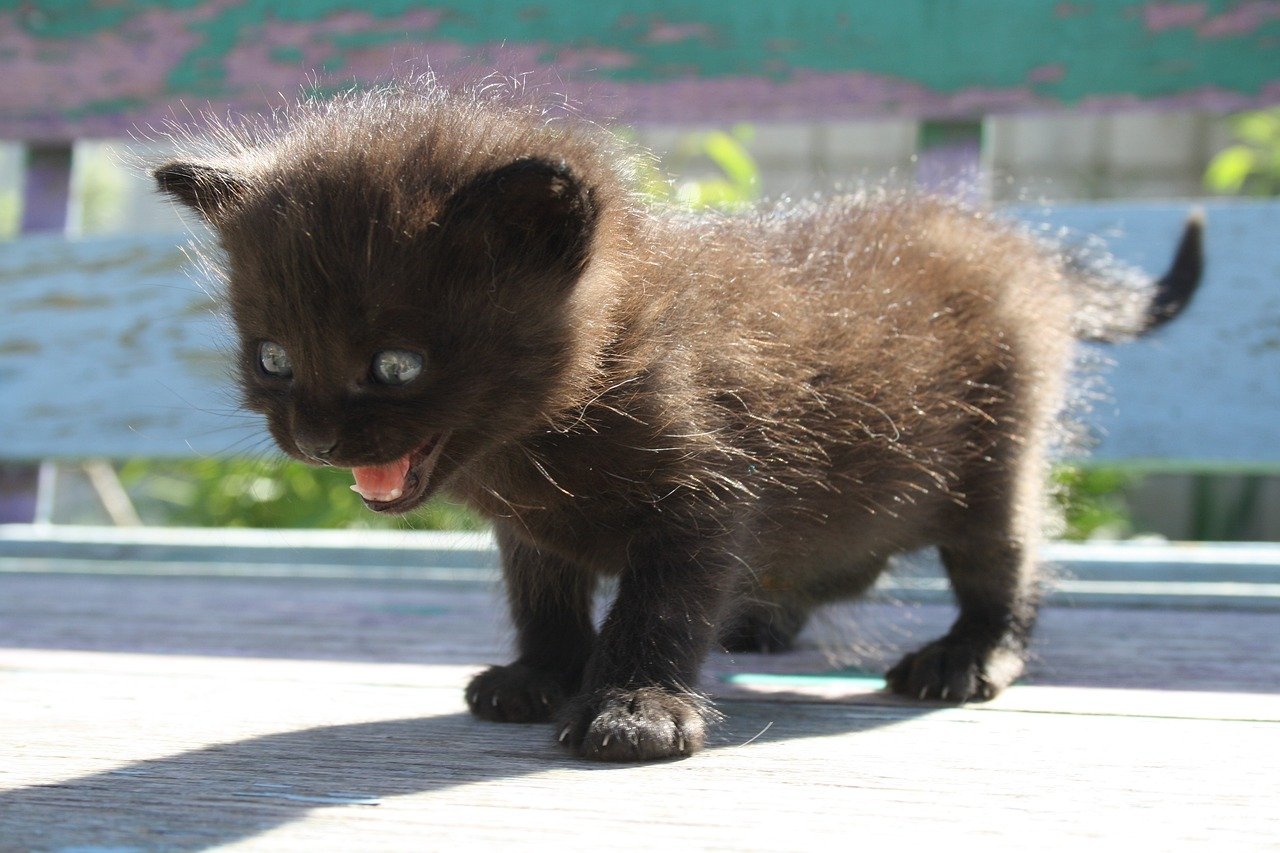
Separation anxiety isn’t just a term used for dogs; cats can experience it too. When a cat is left alone for extended periods, it may develop anxiety, leading to a heightened need for reassurance when their owner returns. Signs of separation anxiety in cats include excessive meowing, destructive behavior, or inappropriate elimination. Recognizing these signs early can help in providing the necessary reassurance and comfort your cat needs.
Personality Traits and Reassurance Needs
Just like humans, cats have unique personalities. Some are naturally more outgoing and independent, while others are shy and reserved. Those with more timid personalities may require more reassurance to feel safe and secure. Understanding your cat’s personality can help you determine the level of reassurance they need. A cat that hides during thunderstorms, for example, might benefit from extra cuddles and comforting words.
The Influence of Breed on Behavior
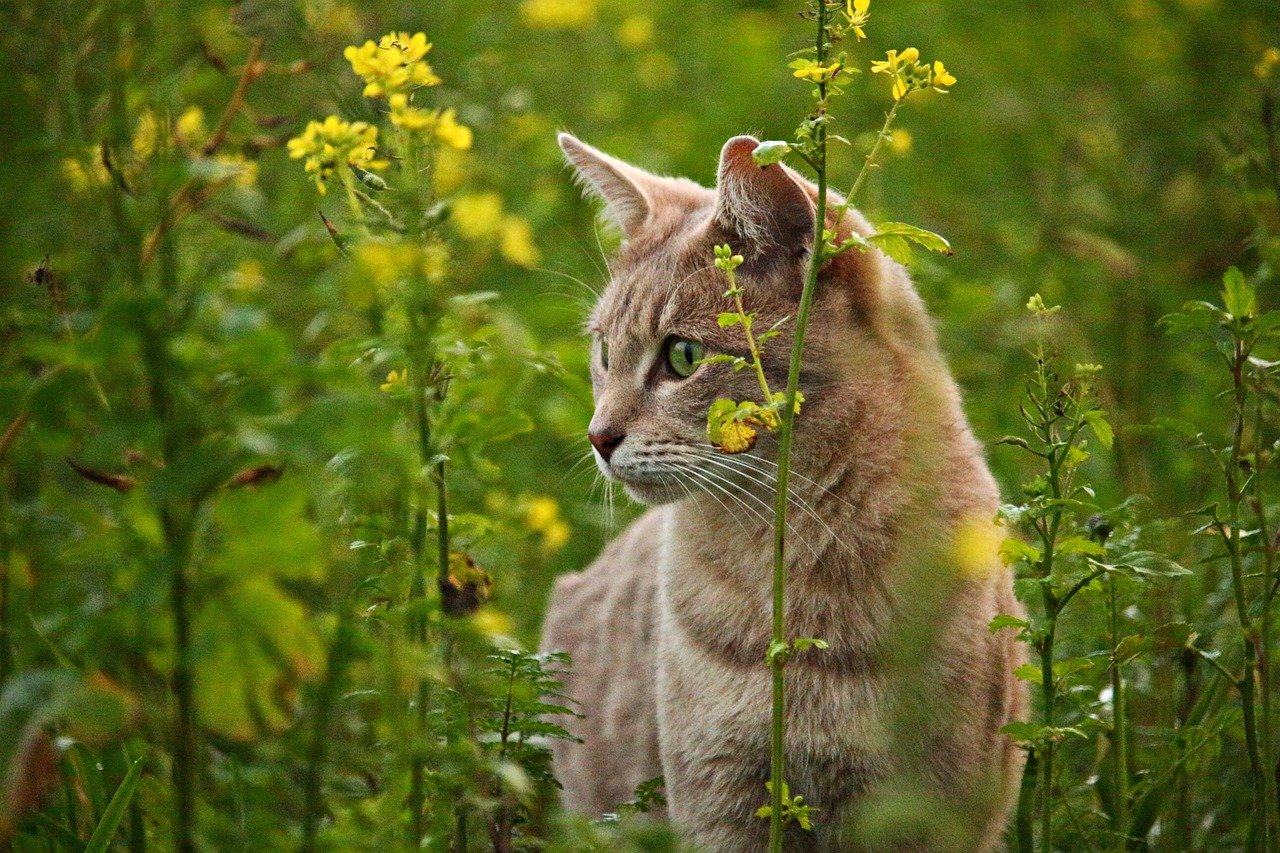
Certain cat breeds are known for their affectionate and dependent nature. Breeds like the Siamese or the Ragdoll are often more vocal and seek constant attention from their owners. This breed-specific behavior might be a result of selective breeding for traits that favor human interaction. If you own a breed known for needing reassurance, it’s essential to provide them with the love and attention they crave.
Changes in Environment and Routine
Cats are creatures of habit, and any change in their environment or routine can cause stress and anxiety. Moving to a new home, introducing a new pet, or even a change in daily schedule can make a cat feel uncertain and in need of reassurance. Maintaining a consistent routine and providing a stable environment can help reduce their anxiety and need for constant affirmation.
The Impact of Health Issues
Sometimes, a cat’s need for reassurance can be linked to underlying health issues. Pain or discomfort can make a cat more clingy or anxious. If your cat suddenly starts seeking more attention than usual, it might be worth a visit to the veterinarian to rule out any medical problems. Ensuring your cat is healthy can significantly reduce their need for constant reassurance.
The Role of Human Interaction
Cats are highly perceptive animals and can pick up on their owner’s moods and behaviors. If they sense that their human is stressed or anxious, they might seek reassurance to ensure everything is okay. This reciprocal relationship means that the amount of reassurance a cat needs can be directly influenced by the emotional state of their owner. Being mindful of your own emotions can help manage your cat’s need for reassurance.
The Importance of Play and Stimulation
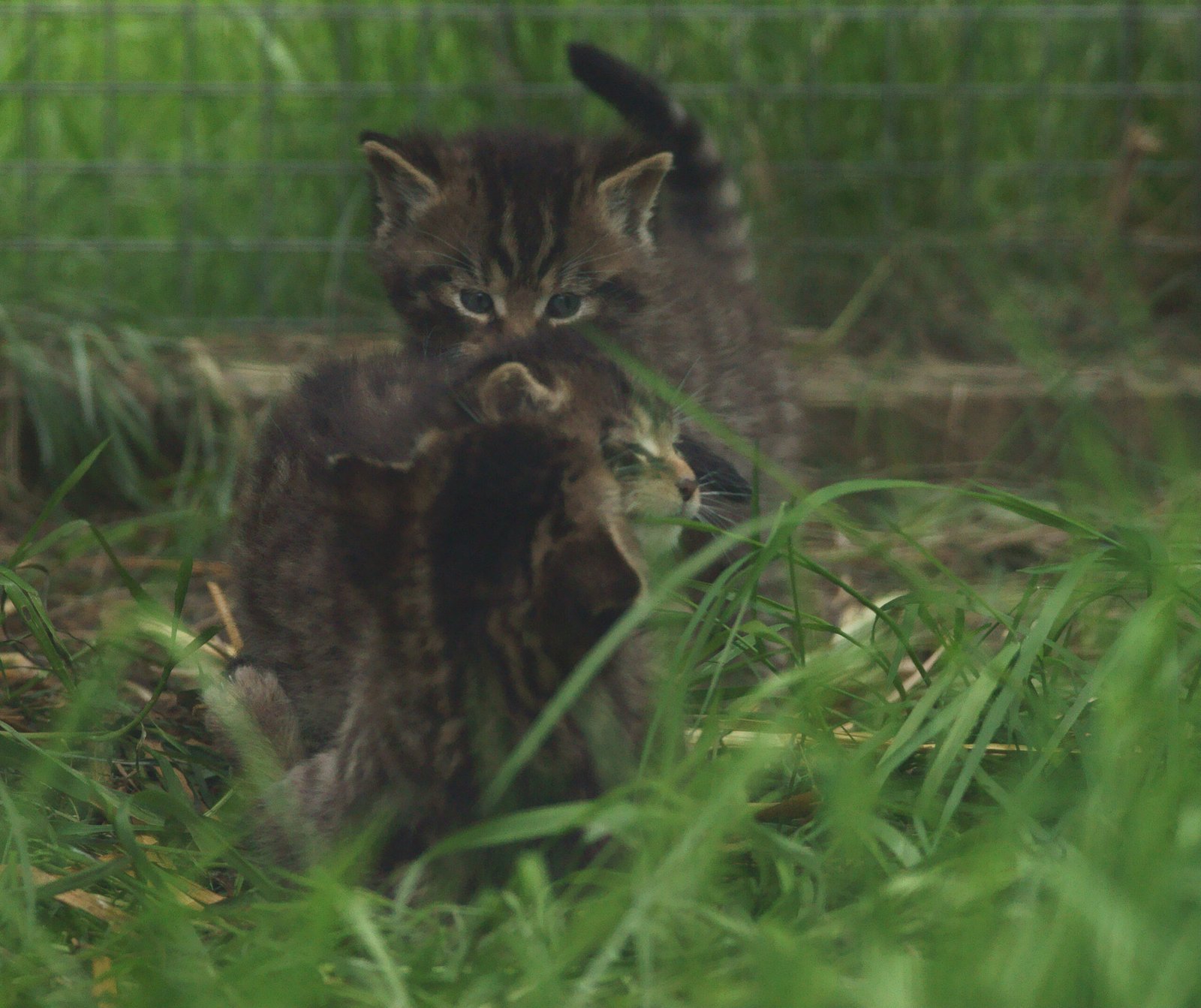
A bored cat is more likely to seek reassurance from its owner. Providing plenty of toys, playtime, and mental stimulation can help satisfy a cat’s need for interaction and validation. Engaging in regular play sessions with your cat not only strengthens your bond but also reduces their reliance on constant reassurance from you.
The Significance of Consistent Routines
Cats thrive on routine, and a consistent daily schedule can provide them with a sense of security. Feeding, playtime, and other activities should occur at roughly the same time each day. This predictability helps reduce anxiety, and consequently, the need for reassurance. A well-established routine can make a world of difference in your cat’s emotional well-being.
Understanding Feline Body Language
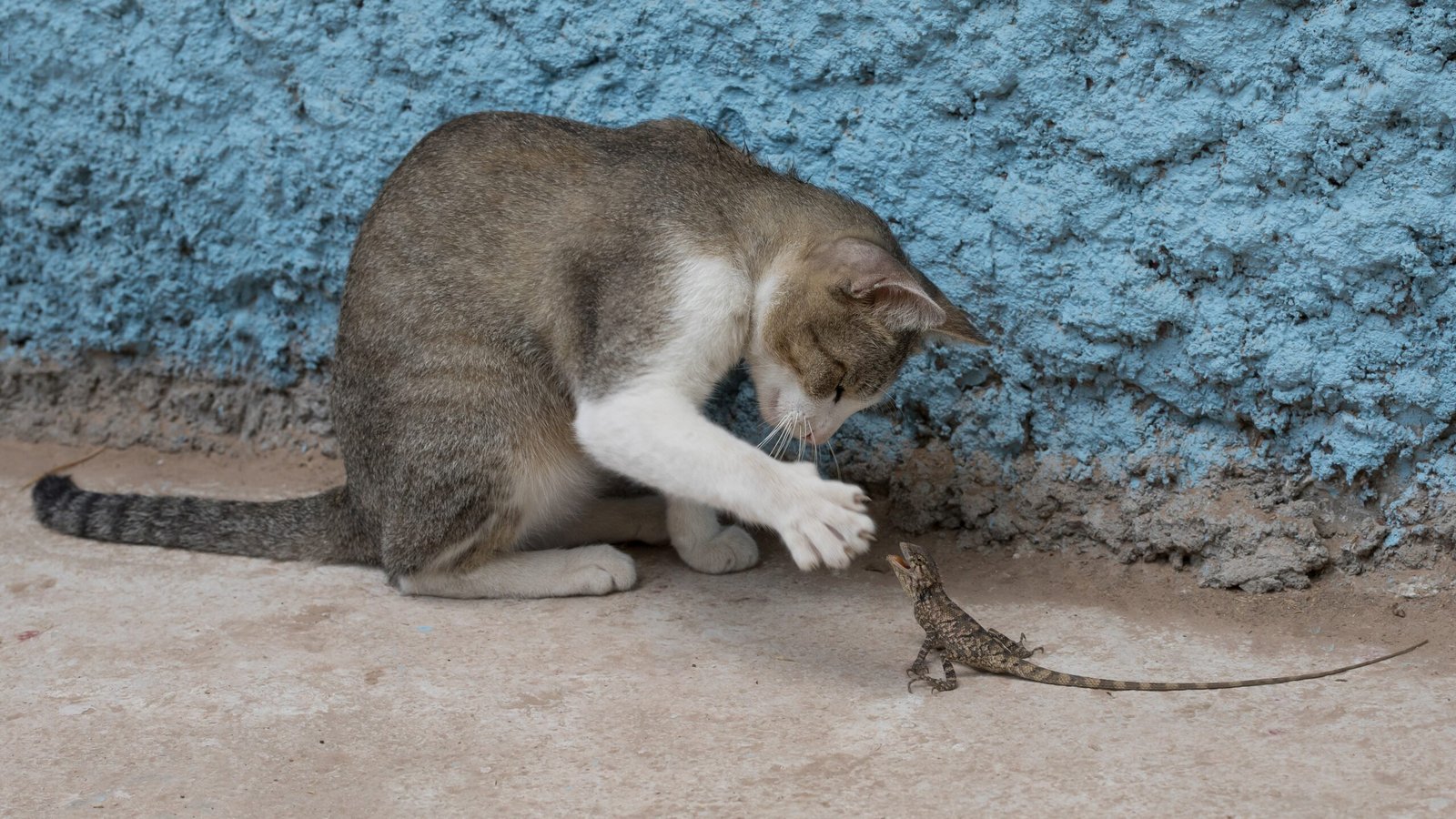
Cats communicate a lot through body language, and understanding these signals can help you better meet their needs for reassurance. A cat that is seeking attention might purr, rub against you, or knead with its paws. Recognizing these cues allows you to provide the necessary comfort and affirmation your cat is seeking.
The Power of Positive Reinforcement
Utilizing positive reinforcement can be an effective way to reassure your cat. Rewarding desired behaviors with treats or affection helps build confidence and reduce anxiety. This approach not only strengthens the bond between you and your cat but also minimizes their need for constant reassurance by fostering a positive environment.
The Connection Between Diet and Behavior

A cat’s diet can influence its behavior and emotional state. Nutritional deficiencies or imbalances can lead to anxiety and increased need for reassurance. Ensuring your cat receives a balanced diet with all the necessary nutrients can help maintain their emotional health and reduce the need for constant validation.
The Impact of Aging on Reassurance Needs
As cats age, their need for reassurance may increase. Senior cats often face health challenges and cognitive decline, which can lead to anxiety and a greater reliance on their human companions for comfort. Being aware of these changes allows you to provide the appropriate level of reassurance and care for your aging feline friend.
The Role of Trust in Feline Relationships
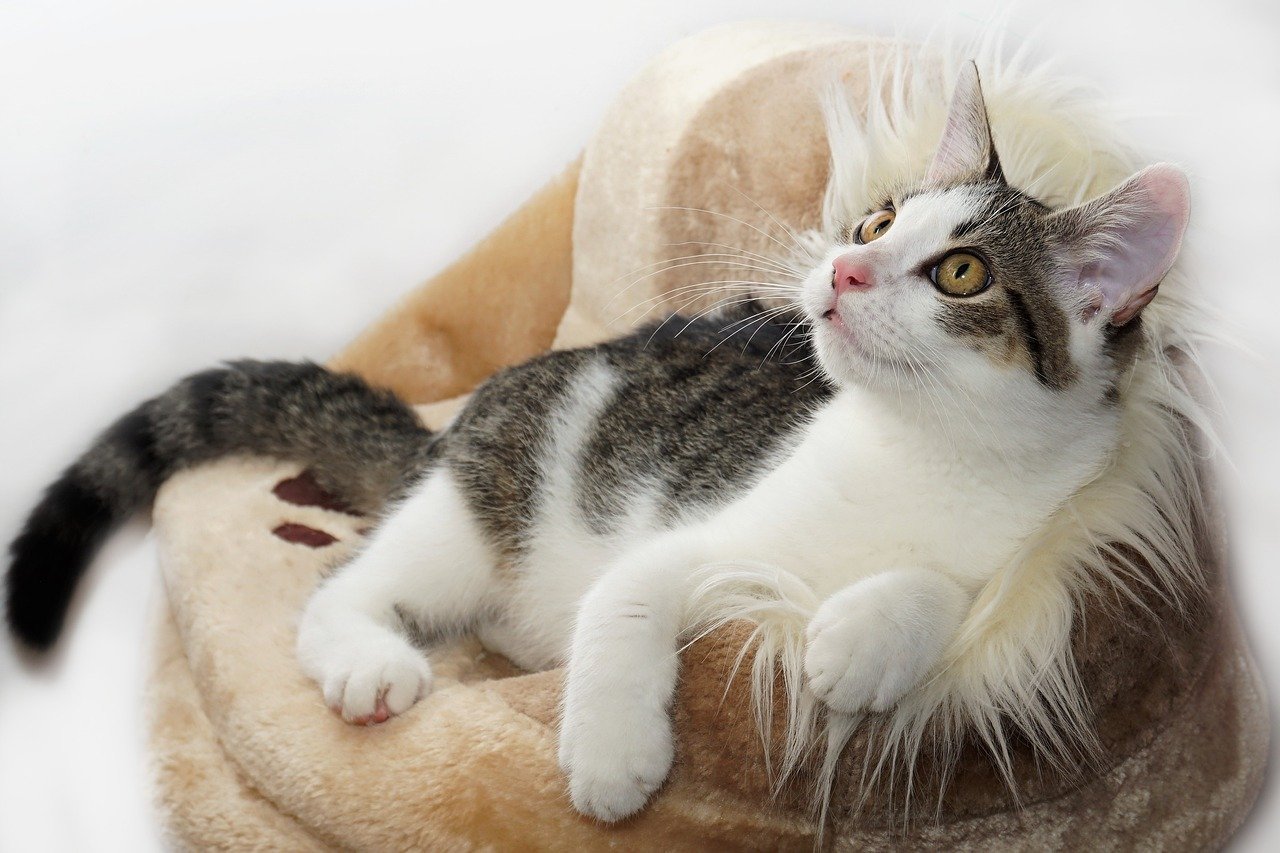
Trust is the foundation of any relationship, and it holds true for the bond between a cat and its owner. Building and maintaining trust through consistent, loving interactions can reduce a cat’s need for constant reassurance. Trust takes time to establish, but once achieved, it fosters a more secure and confident cat.
The Influence of Past Trauma
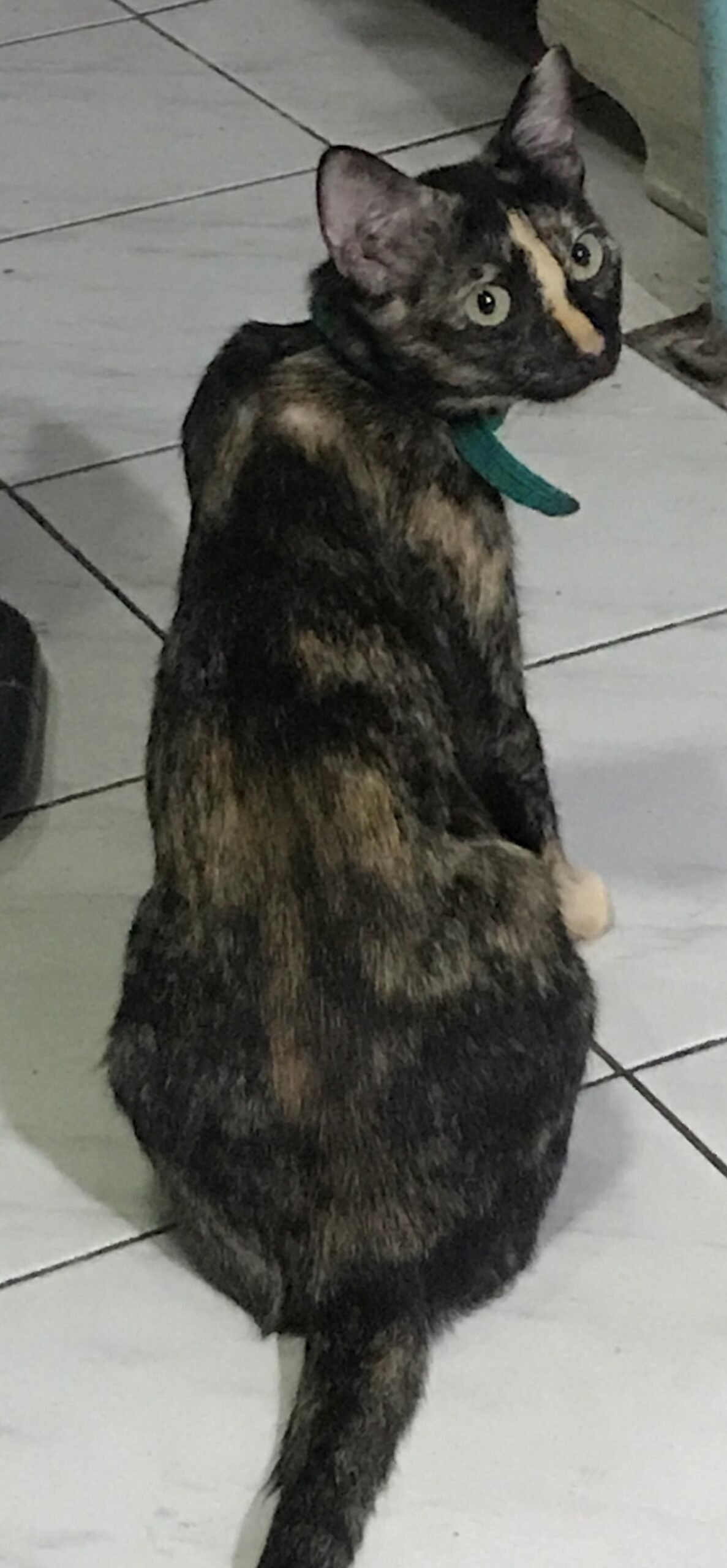
Cats that have experienced trauma or neglect in the past may exhibit a heightened need for reassurance. These experiences can leave lasting emotional scars that make a cat more anxious and dependent. Providing a safe, nurturing environment and being patient with your cat’s needs can help them overcome their past and reduce their reliance on constant reassurance.
Understanding Vocalization and Communication
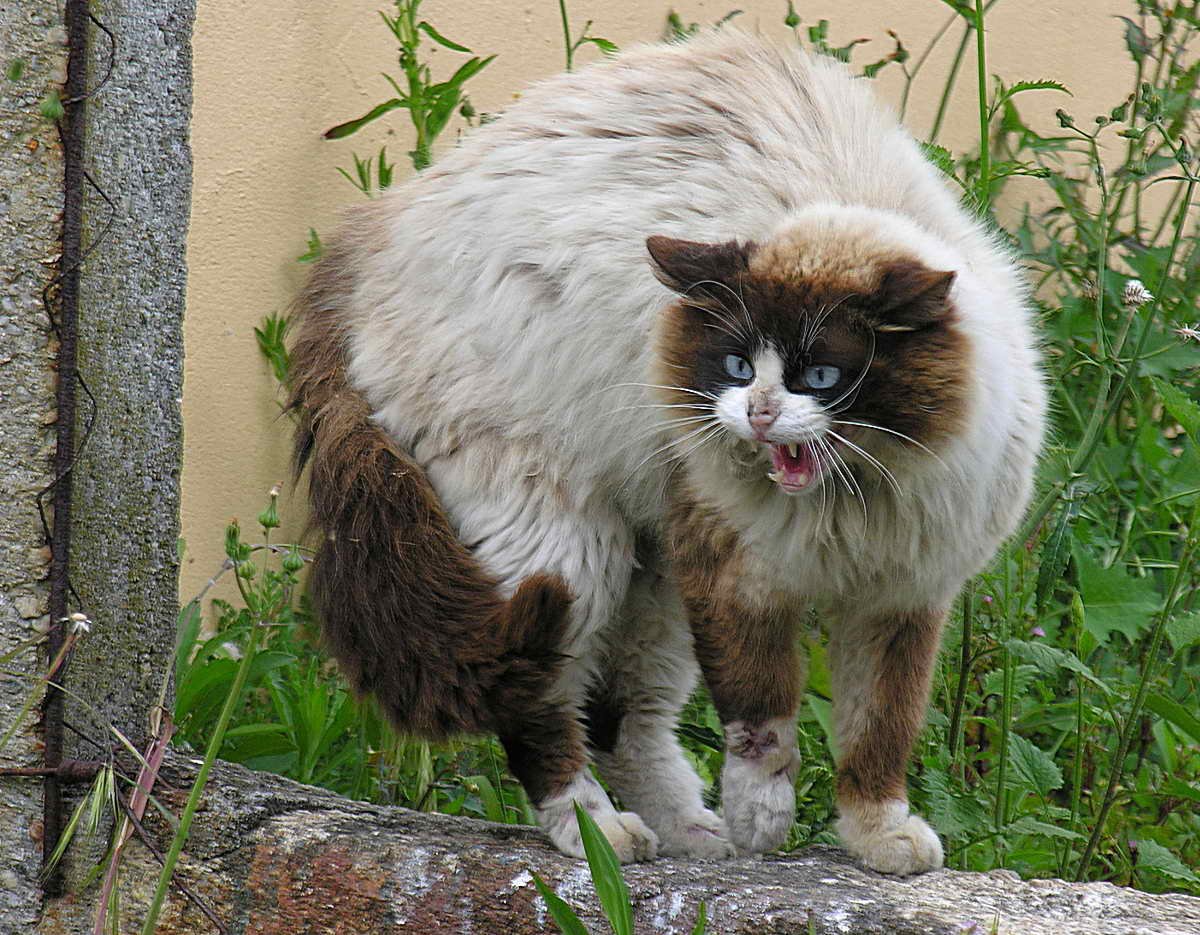
Cats use vocalization as a means of communication, and excessive meowing might be a sign that your cat needs reassurance. Understanding the different types of meows and what they signify can help you respond appropriately to your cat’s needs. Acknowledging their vocalizations and providing comfort can help ease their anxiety and reduce their need for constant affirmation.
The Significance of Safe Spaces
Creating a safe, comfortable space for your cat can help reduce their need for reassurance. Cats often retreat to a favorite spot when they feel anxious or overwhelmed. Ensuring your cat has a dedicated area where they feel secure can help alleviate their need for constant attention and reassurance.
The Benefits of Routine Veterinary Care
Regular veterinary check-ups are essential for maintaining your cat’s health and emotional well-being. A healthy cat is less likely to exhibit anxiety-driven behaviors, reducing their need for reassurance. Routine vet visits can also catch any underlying health issues early, ensuring your cat remains happy and content.
In understanding the psychology behind why some cats need constant reassurance, we uncover the complexities of feline behavior and the importance of providing them with the love and support they need. By recognizing the signs and addressing their needs, we can foster a happier, more secure environment for our beloved feline companions.
Hi, I’m Bola, a passionate writer and creative strategist with a knack for crafting compelling content that educates, inspires, and connects. Over the years, I’ve honed my skills across various writing fields, including content creation, copywriting, online course development, and video scriptwriting.
When I’m not at my desk, you’ll find me exploring new ideas, reading books, or brainstorming creative ways to solve challenges. I believe that words have the power to transform, and I’m here to help you leverage that power for success.
Thanks for stopping by, Keep coming to this website to checkout new articles form me. You’d always love it!






